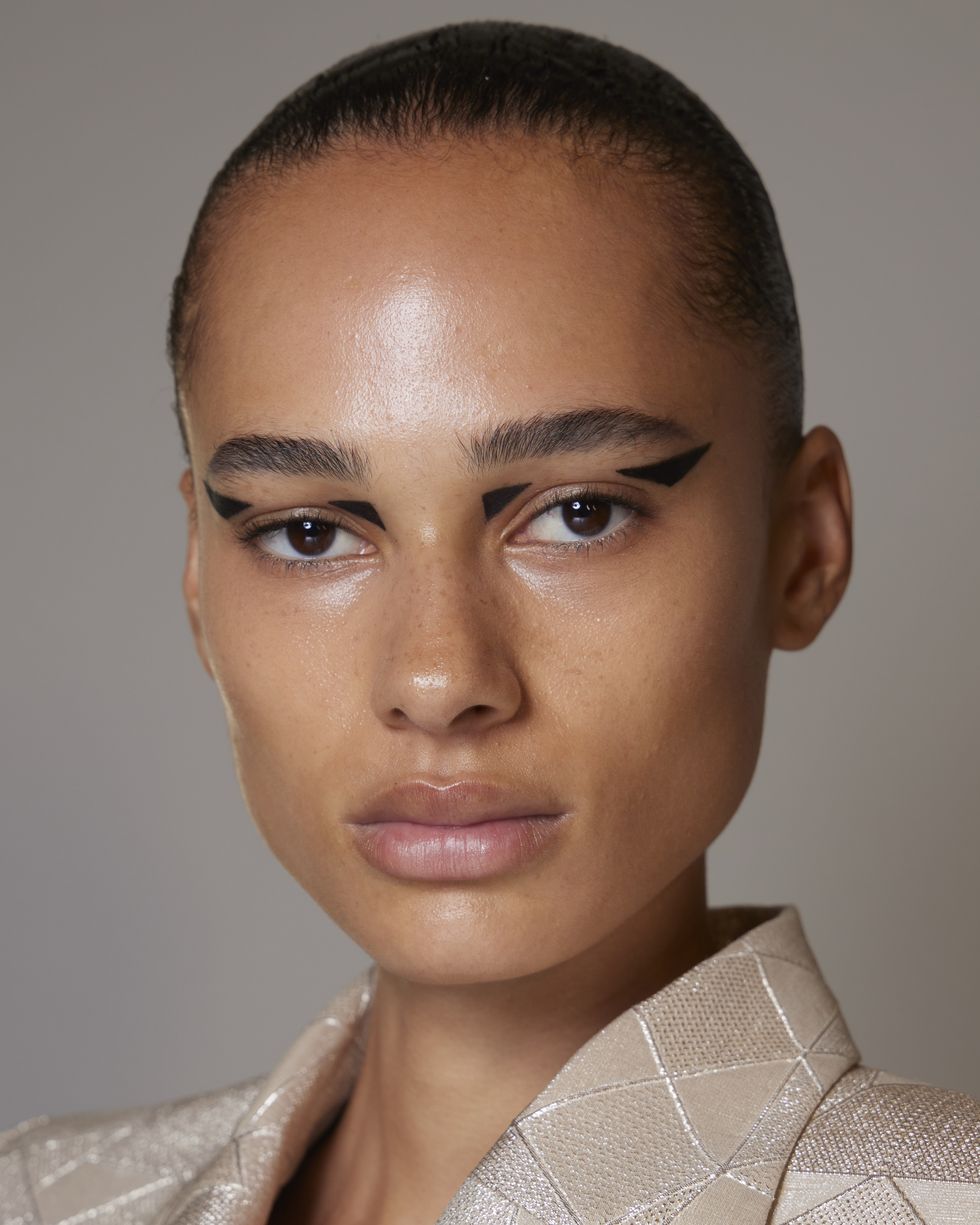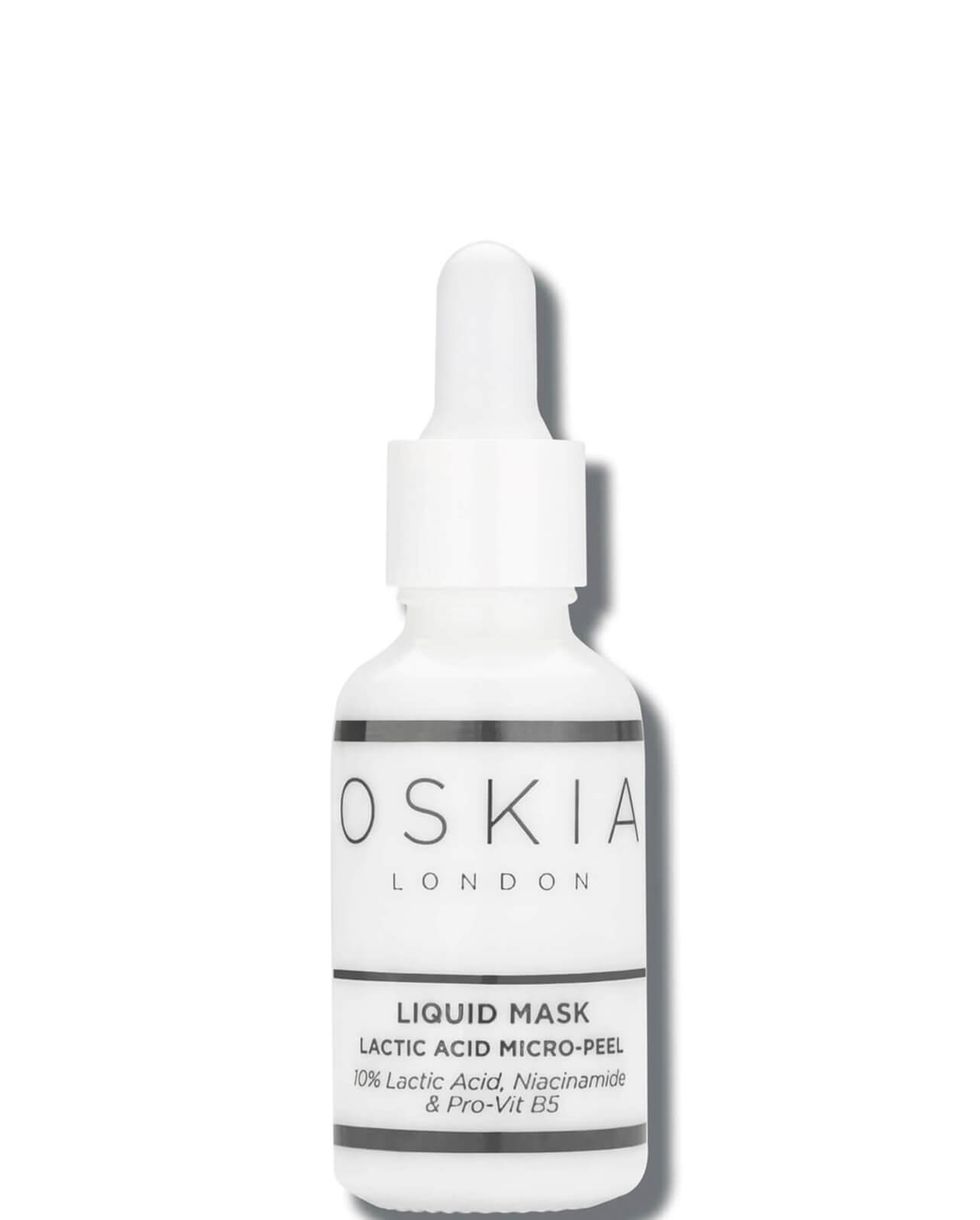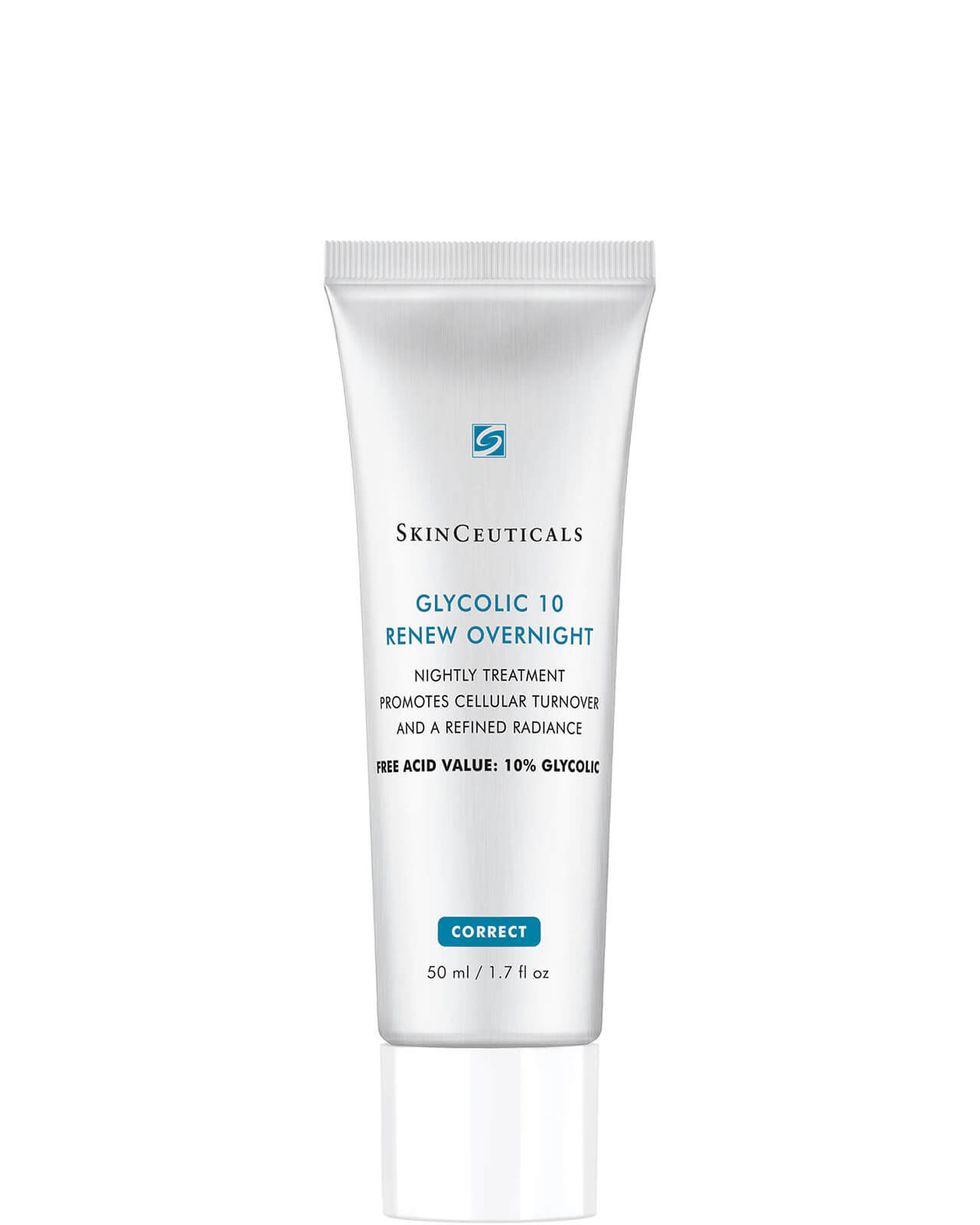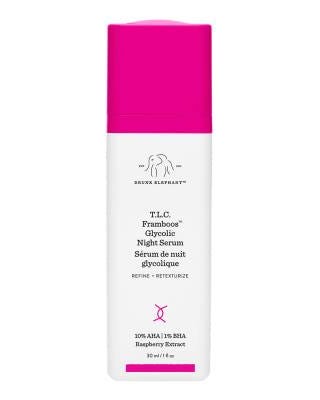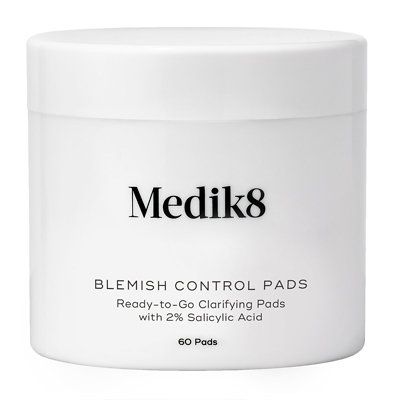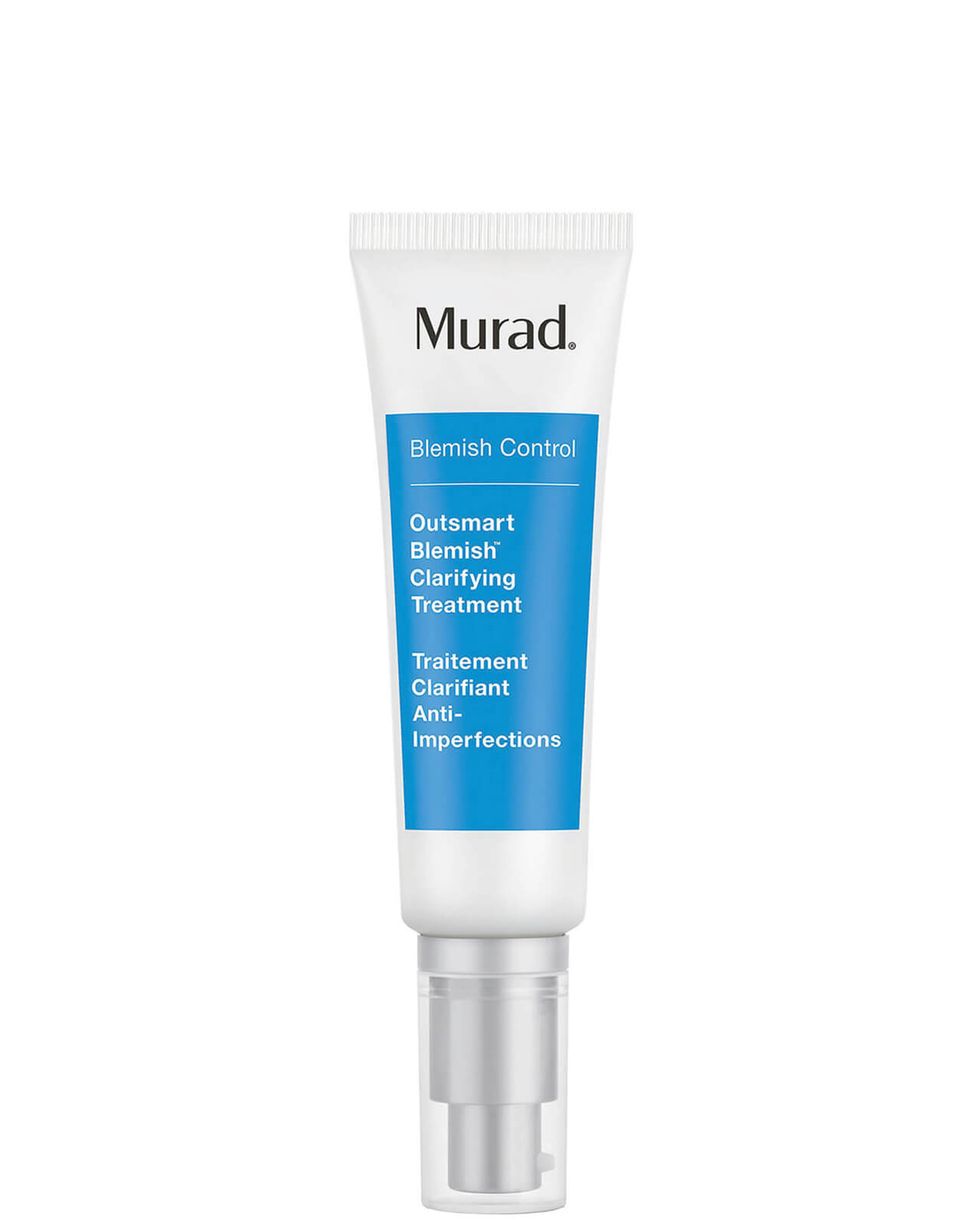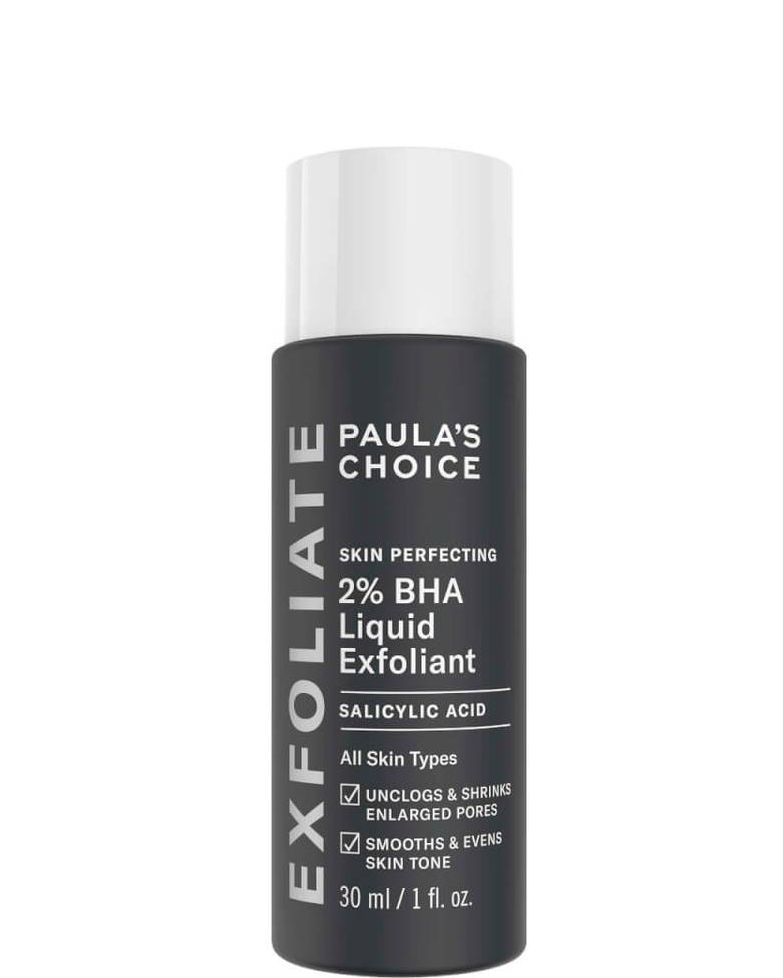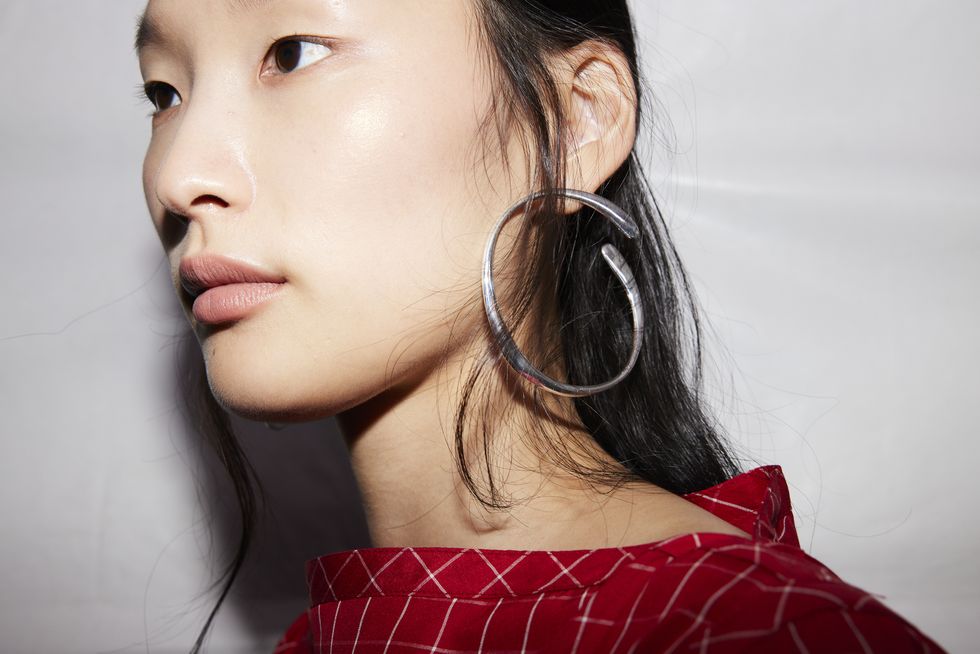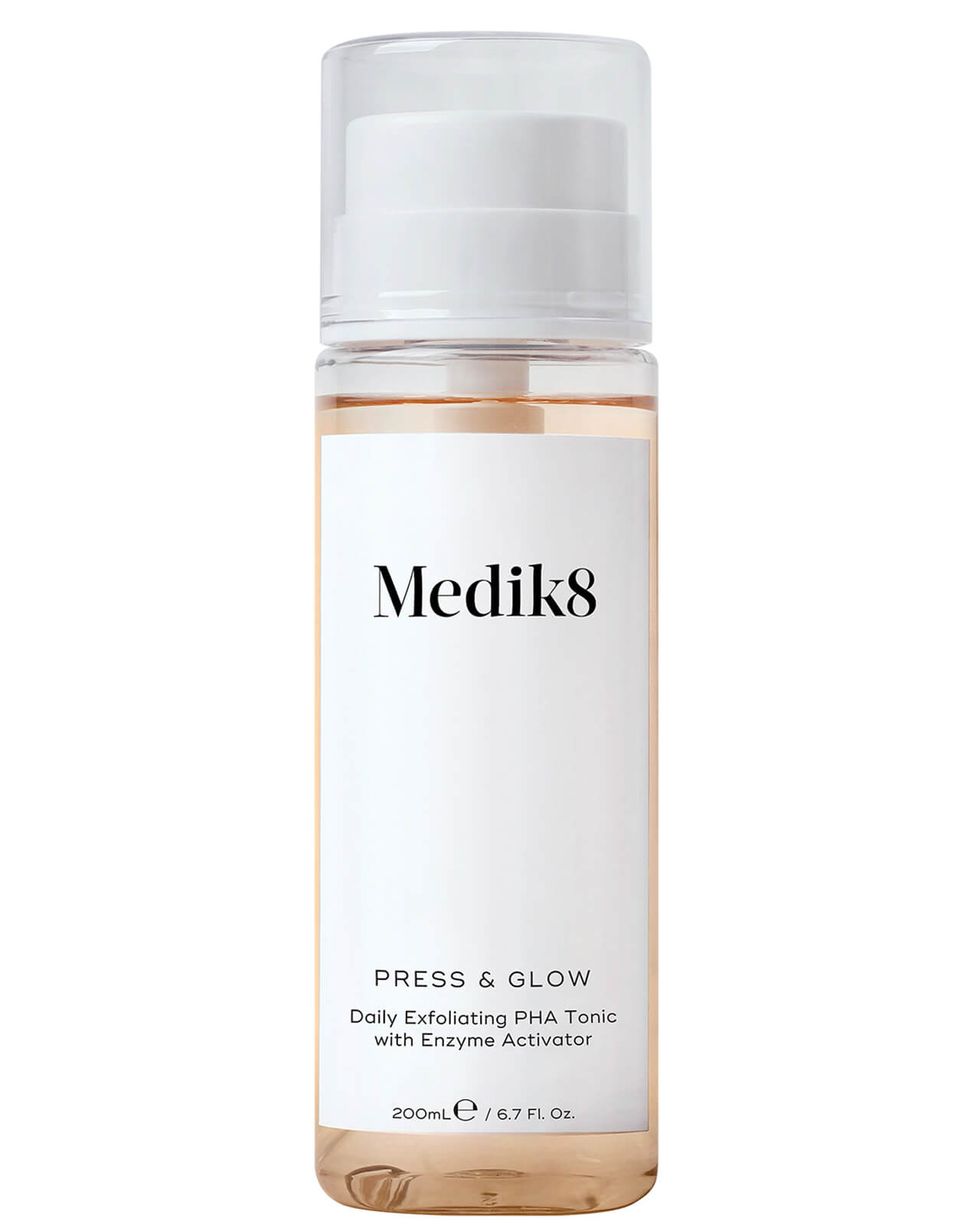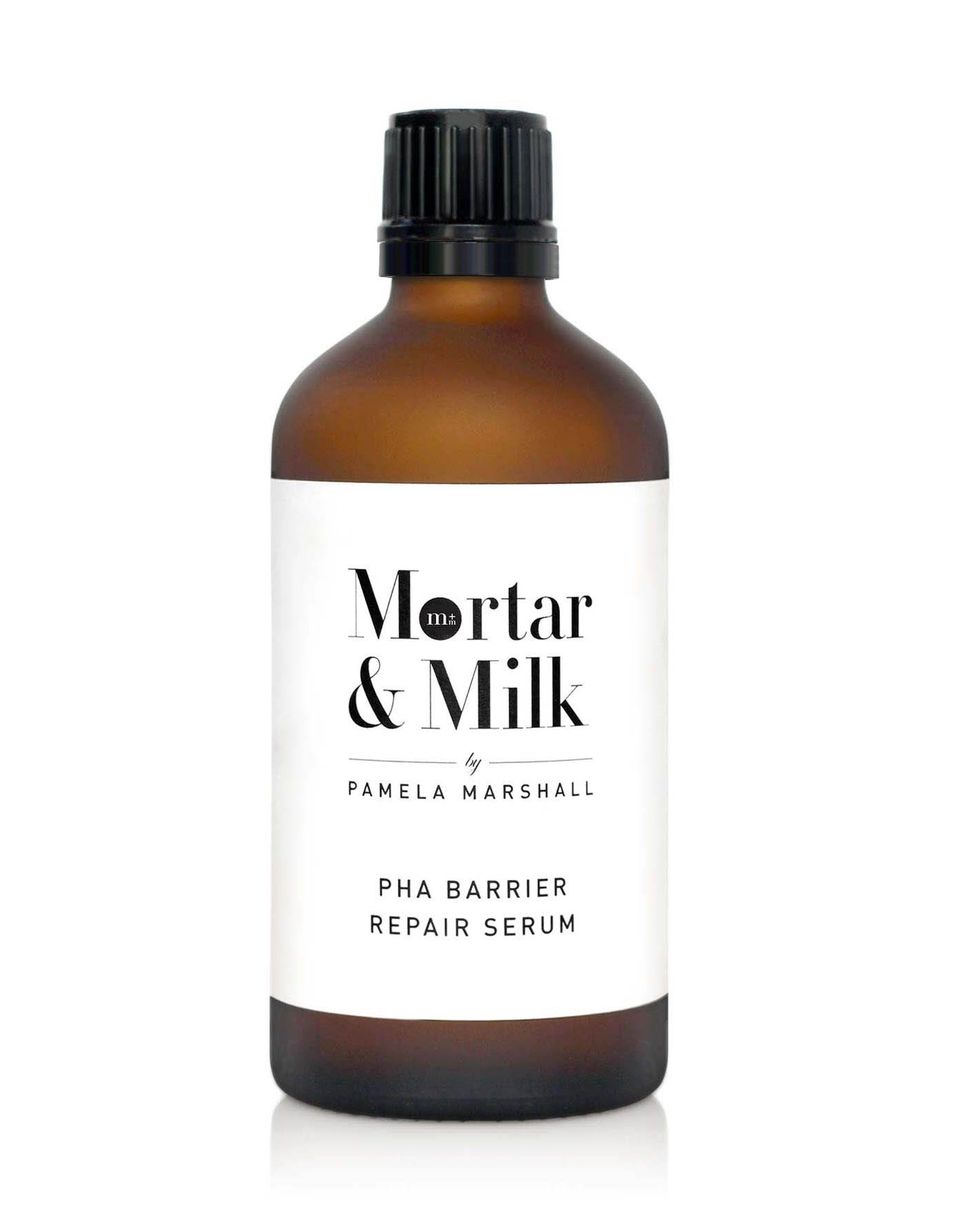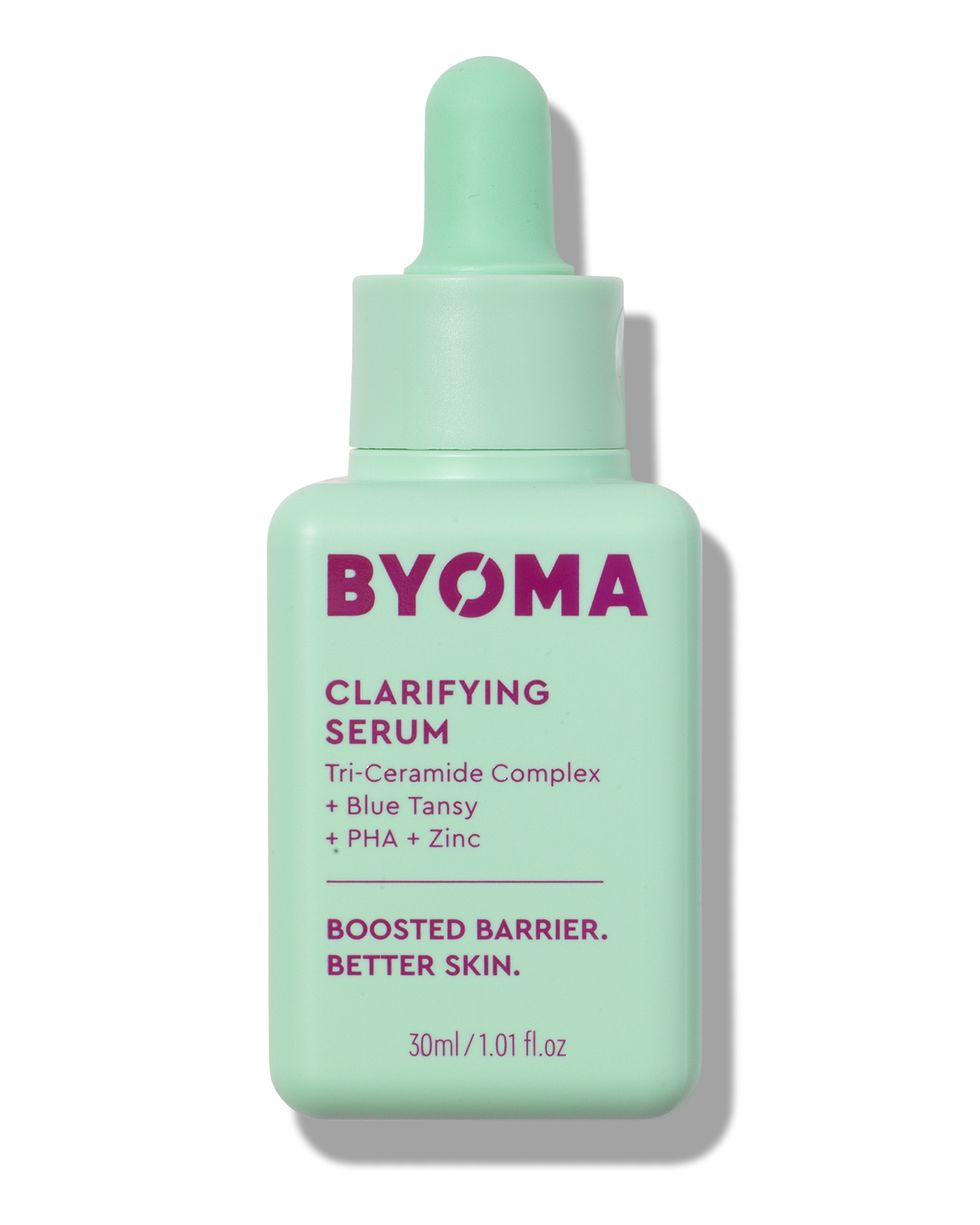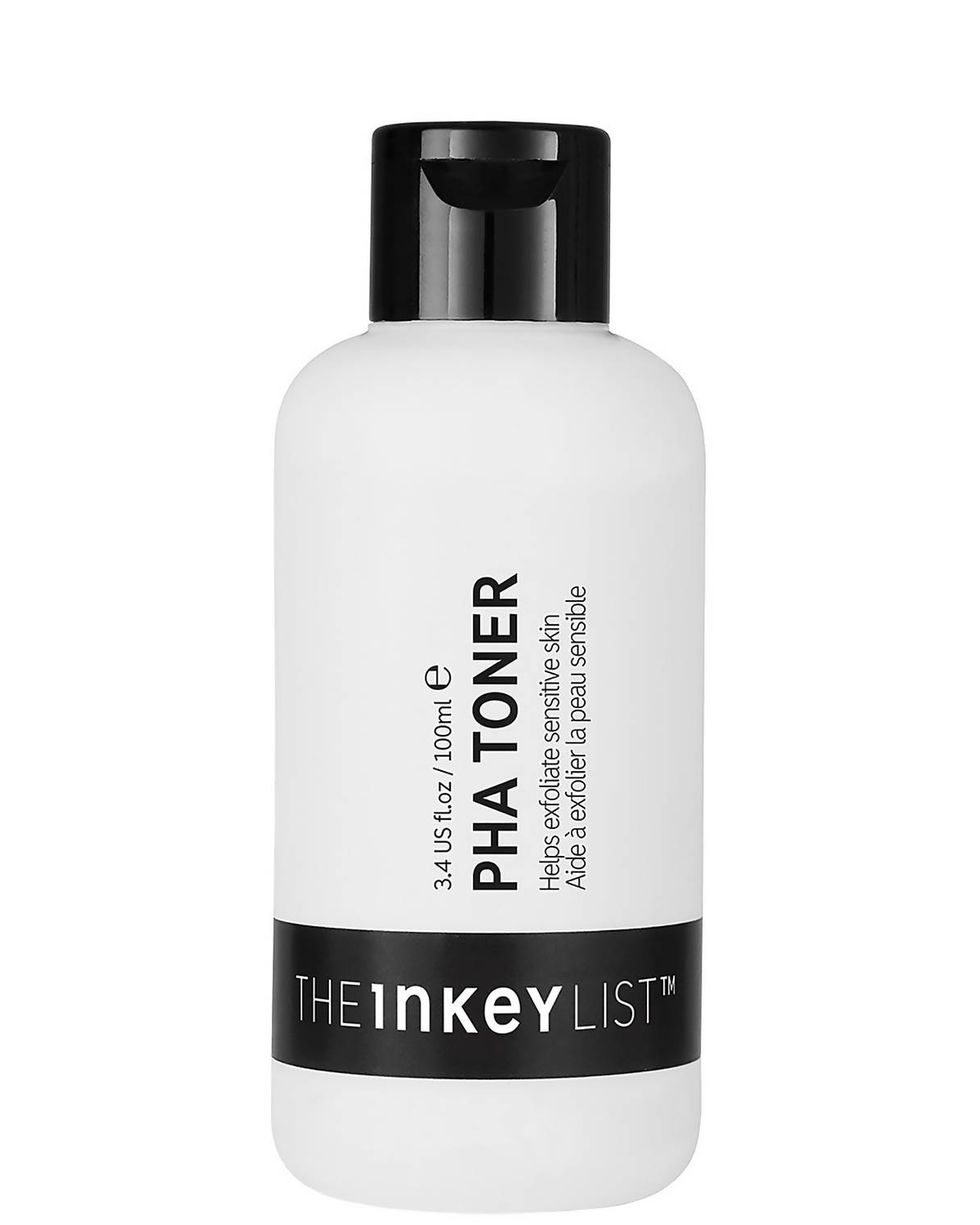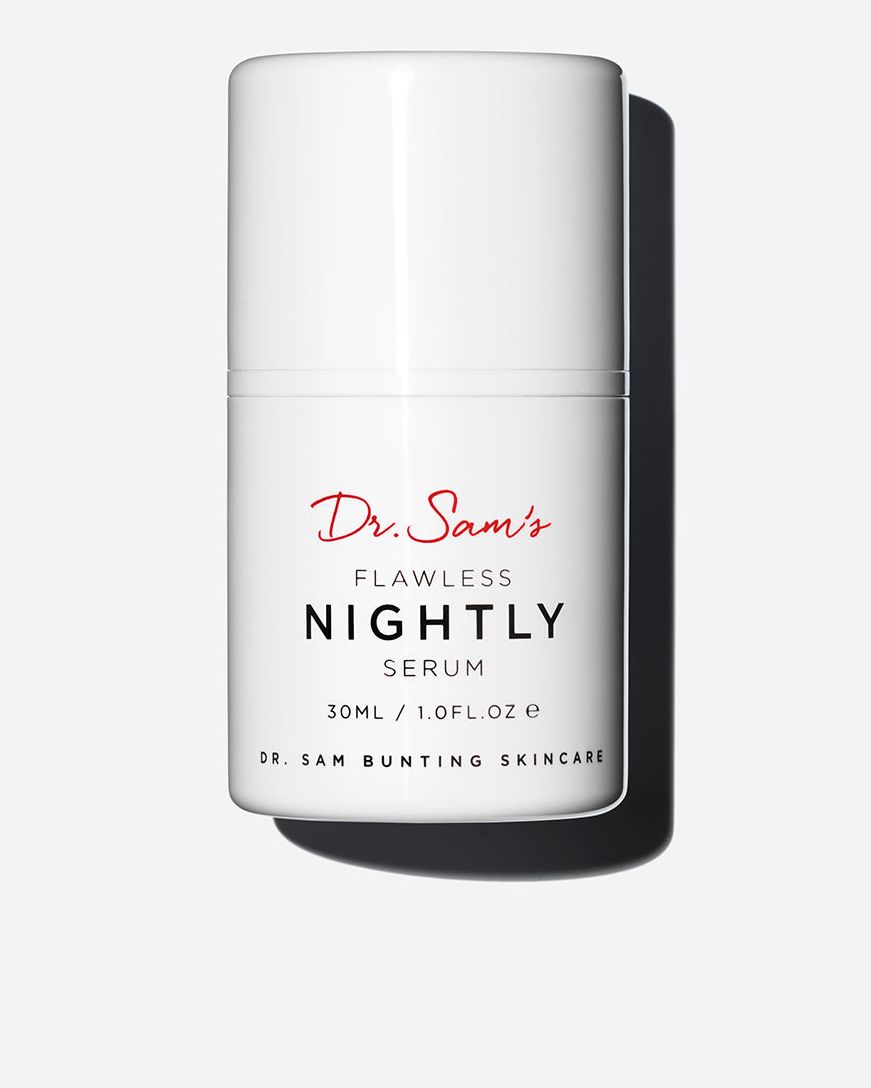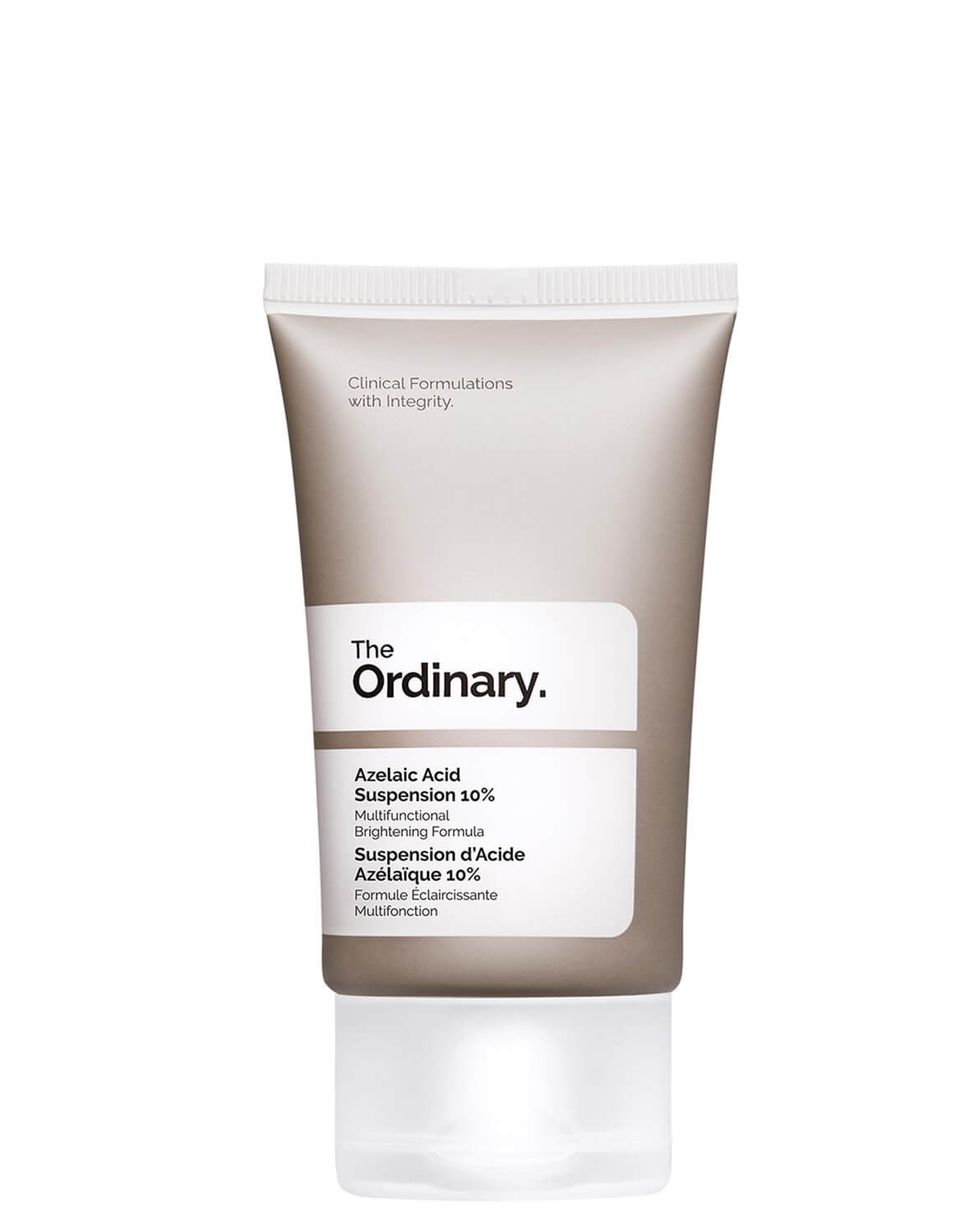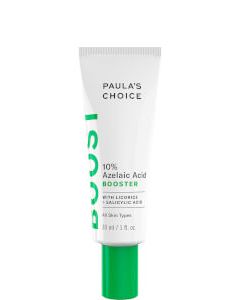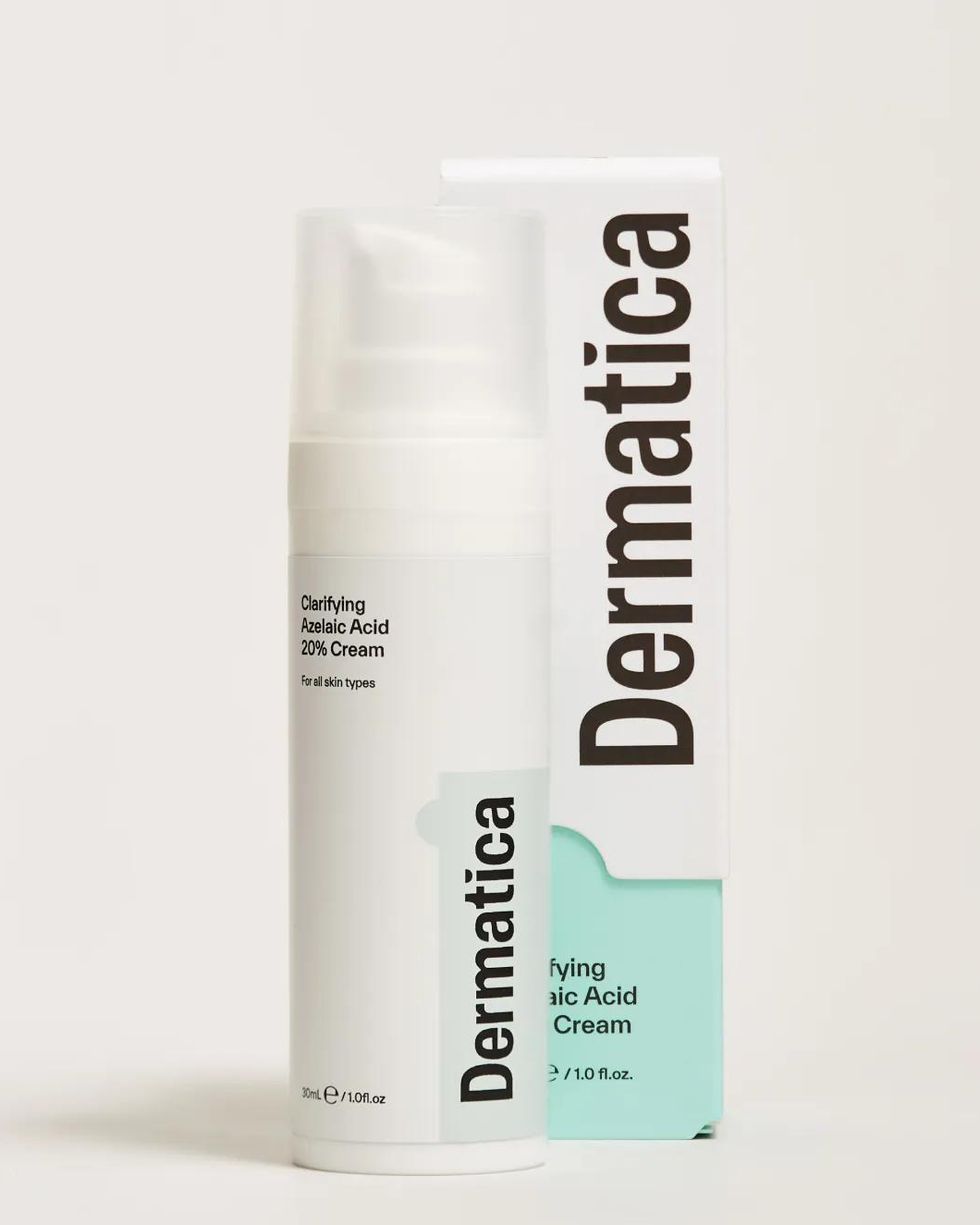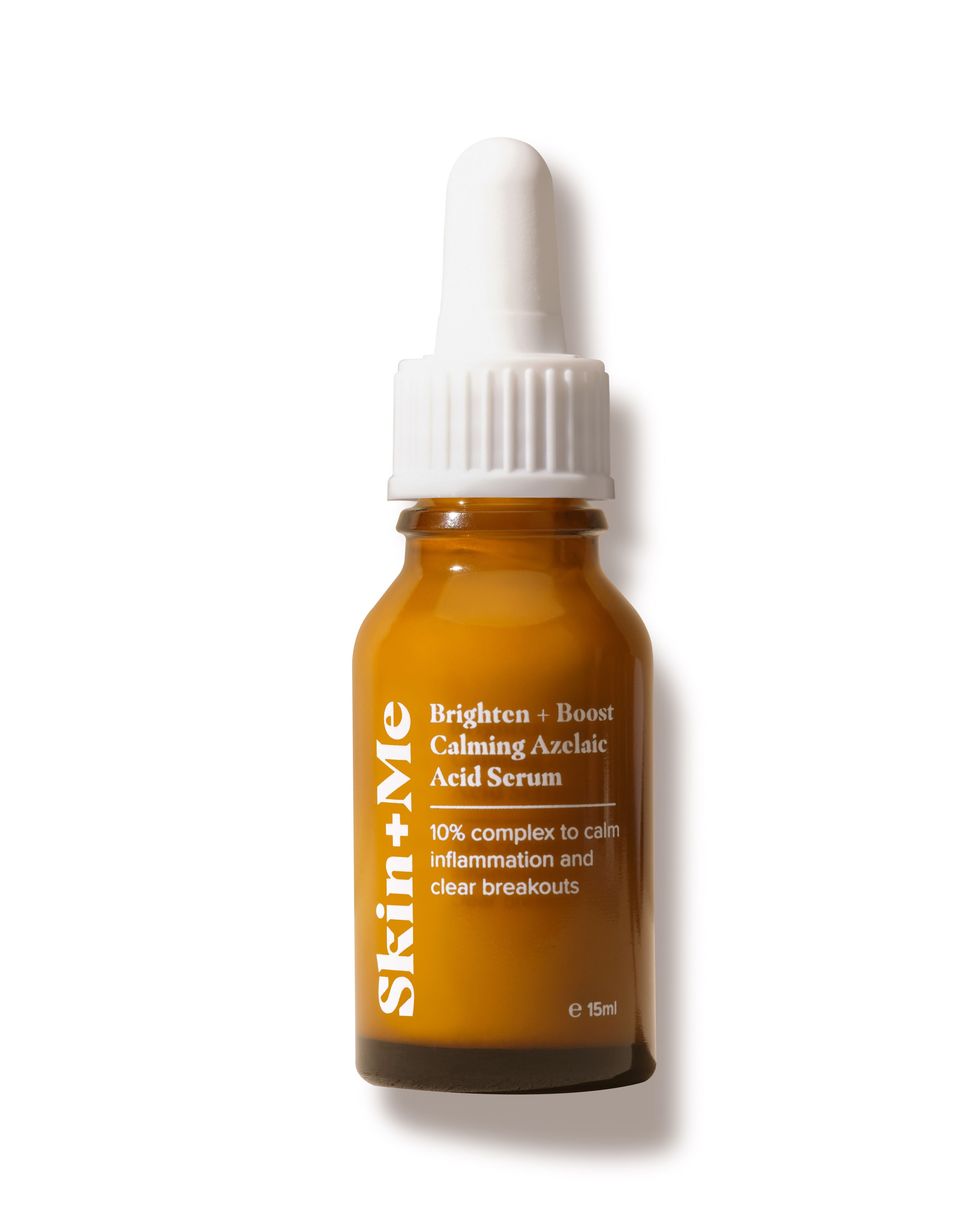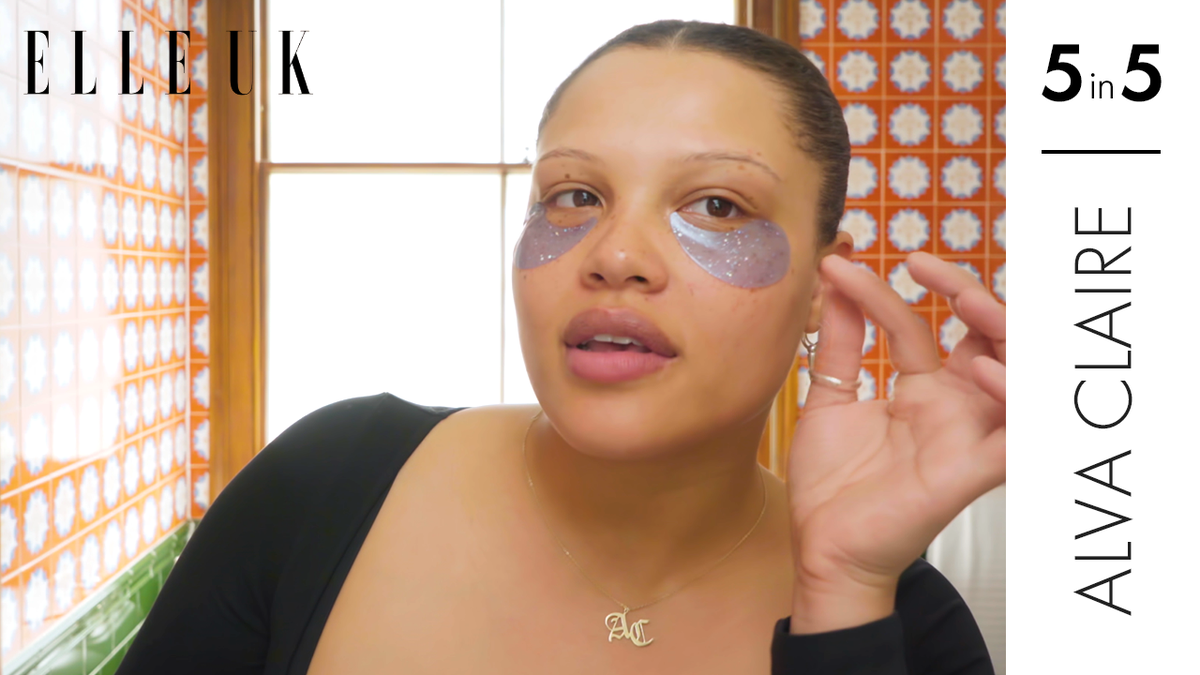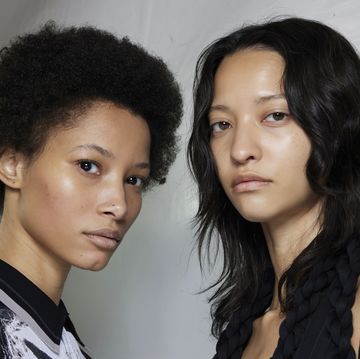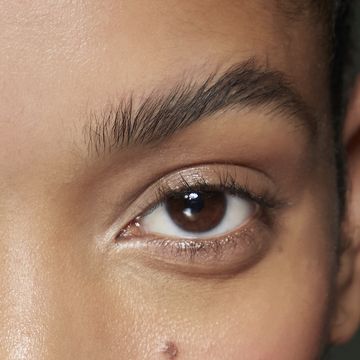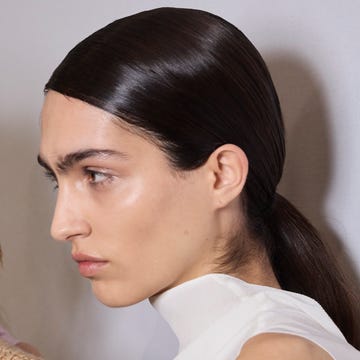Putting acids on your skin might sound slightly terrifying at first, but you don’t have to be a scientist to find the right acid for you and your skincare routine.
Once only accessible if you went to a professional, now a whole host of skincare brands have harnessed the power of acids so that we can use them in our very own bathrooms (albeit in lower dosages).
The best bit? Acids might just be the answer to the most common of your skincare troubles: acne, pigmentation, uneven skin tone and rough texture. From glycolic acid, to lactic acid, and salicylic, working out which skincare acid does what and whether your skin needs it at all is step number one.
First things first, what are all these acronyms?
The world of acids can be divided into a few categories, three to be precise:
- Alpha Hydroxy Acids (AHAs)
- Beta Hydroxy Acids (BHAs)
- Polyhydroxy Acids (PHAs)
If you're using a skincare acid, it'll fall into one of these three categories.
AHAs (Alpha Hydroxy Acids)
These may ring some bells as you're bound to find an AHA already hiding in your skincare routine.
'AHAs are chemical exfoliators that can be extremely helpful for oily or blemish-prone skin if used on a regular basis,' says dermatologist, Dr. Anjali Mahto.
The top dogs in this category are Glycolic Acid and Lactic Acid. You can find them mixed in with serums, creams, cleansers and toners, depending on how high of a dosage you want to use (the smaller the percentage, the less potent the formula).
AHA Skincare Benefits
These can solve skin dilemmas such as wrinkles, uneven skin texture and pigmentation by essentially eating away at dead skin cells on the surface of the skin which is why you will feel a slight tingling sensation when you apply them but there’s no need to panic, they’re just doing their job.
What's the difference between Lactic Acid and Glycolic Acid?
Well, a lot. Just because they’re part of the same family of acids does not mean they work the same way.
‘Glycolic acid is used for lightening or whitening treatments or as an anti-ageing ingredient thanks to its capacity to regulate melanin synthesis, speed up the skin renewal process and stimulate the synthesis of collagen within the deeper skin layers’, explains Dermatologist and founder of Meder Beauty Science, Dr Tiina Meder.
Meanwhile Lactic acid ‘is an unusual AHA. It is a skin-identical ingredient and one of the main substances of the epidermis’ Natural Moisturising Factor (NMF).
'It is used to prevent skin dryness because of its unusual capacity to enhance ceramides production by keratinocytes (cells that produce keratin) in the epidermis. The best skincare products are based on L-Lactic acid rather than D-Lactic Acid, so keep an eye out for this when shopping. It's popular in anti-ageing and moisturising skincare and can help improve uneven skin tone without a whitening or prominent lightening effect’, clarifies Dr Meder.
So it depends on what your priority skincare concerns are when it comes to picking which to add into your routine.
One of the main differences between the two, however, is that Glycolic can be a bit of a trouble maker if you don’t gradually introduce it into your skincare routine.
Dr Meder points out that ‘Lactic Acid is great for those with sensitive skin as it doesn’t increase skin’s sensitivity’. However, she says to be cautious when it come to Gycolic acid as ‘its penetrating capacity is very high’.
So it’s best to err on the side of caution before purchasing a product with a high percentage.
If you’re unsure how your skin will react, Dr Meder advises ‘starting with a cleanser (if treating acne), and a concentrate or cream (if treating pigmentation)’, until you know if your skin takes to it or not.
BHAs (Beta Hydroxy Acids)
Whilst they are also chemical exfoliators, AHAs and BHAs treat different skin problems.
AHAs are ideal for those concerned with ageing skin, whereas BHAs are best for those who are one the oilier side of the skincare spectrum and struggle with acne, blackheads and milia (the little white bumps you sometimes see under the skin).
BHA Skincare Benefits
Whilst AHAs are only water soluble, BHAs are oil soluble, which is why they are ideal for those struggling with an oil-slick T-zone. They can get below the oil that’s clogging up your skin and also have antibacterial and anti-inflammatory properties. So they help spots disappear quicker and calm any redness.
The most popular BHA is Salicylic acid. It can be found in a range of different formulas targeted at spot treatments.
'Exfoliating with a leave-on BHA that contains salicylic acid is a game-changer,' says Paula Begoun, skincare specialist and founder of Paula's Choice. 'It gets rid of dull cells but doesn't strip the skin's essential oils.'
PHAs (Poly Hydroxy Acids)
The underdog of the acid trilogy, PHAs don't get the praise they deserve.
'PHAs (AKA Polyhydroxy Acids) are very similar to traditional alpha hydroxy acids, because both work by breaking down the 'glue' that binds dull, dead cells to the surface of the skin,' explains Daniel Issacs, Head of Formulation and Development at Medik8.
What sets PHAs apart?
'Their difference lies within their molecular structure,' explains Daniel. 'The molecules that make up PHAs are much larger in size, which means they cannot penetrate skin as deeply as traditional AHAs and BHAs. Instead, they work exclusively on the skin's surface without disturbing the delicate layers that lie beneath. This ensures optimum skin renewal with minimal irritation.'
PHA Skincare Benefits
PHAs are especially beneficial for those who find other acids too strong. 'Even very sensitive skin types can harness the resurfacing powers of PHAs,' says Daniel. 'In clinical studies, they have been proven to be compatible with dry, itchy skin conditions such as eczema and atopic rosacea.'
The most common PHA acids are Gluconolactone, Galactose and Lactobionic - bit of a mouthful to say but well worth looking out for the next time you’re in the market for a new chemical exfoliant.
Dr Meder says ‘I always recommend those with very sensitive skin, especially those that suffer from rosacea, to stay away from acid-based skincare but PHAs are different, and help to decrease sensitivity and moisturise the skin’.
If you’ve found AHAs and BHAs too strong in the past, it’s time to invest in some products containing PHAs.
An alternative to AHAs and BHAs...
One of the buzziest skincare acids around is Azelaic acid. It’s different because it doesn’t fall into the AHA or BHA category.
It’s produced by yeast that occurs on our skin naturally and is the answer to a whole load of skincare woes.
Begoun explains ‘Azelaic acid has fascinating benefits that makes it an ideal option for certain skin concerns. It is a longstanding, well researched ingredient with proven benefits for reducing redness, inflammation, rosacea and post-acne red marks. It also has mild exfoliating properties as well as some antibacterial and antioxidant merits’. Almost sounds too good to be true.
If you have rosacea it can have a huge impact on controlling the condition. ‘Studies have proven that azelaic acid can make a big difference when it comes to controlling visible symptoms of rosacea as well as preventing and reducing breakouts associated with rosacea (this is often referred to as acne rosacea).'
Begoun points out that, ‘It can even help if you have acne without an underlying rosacea condition. Much like other acid-based exfoliants, it helps to unclog pores and smooth the skin’s surface, but its major strength is visibly reducing rosacea and fading red marks that occur after a breakout goes away’.
It’s a great alternative if you find your skin can’t get on board with AHAs or BHAs or if your skin needs this added boost, use it alongside your favourite chemical exfoliant says Begoun:
‘It may sound confusing for me to recommend also using an AHA or BHA exfoliant because azelaic acid also has exfoliating properties but its ability to exfoliate is not as effective when compared to AHA or BHA. For some people, the way azelaic exfoliates may be enough but because of the amount of sun damage and clogged pores many people have using an AHA or BHA along with azelaic acid is incredibly beneficial’.
Remember To Always Apply An SPF When Using Acids
As with everything involving acids, don’t forget to wear your SPF in the morning after using a chemical exfoliant as skin will be especially sensitive to UVA rays. Exfoliate, SPF, repeat.
'SPF is important if treatments are being applied to the skin that are causing exfoliation e.g. AHAs, BHAs,' says Dr. Anjali. 'The skin is more vulnerable to damage and pigmentation change following these types of treatments and pigmentation can potentially get worse if SPF is not applied.'


